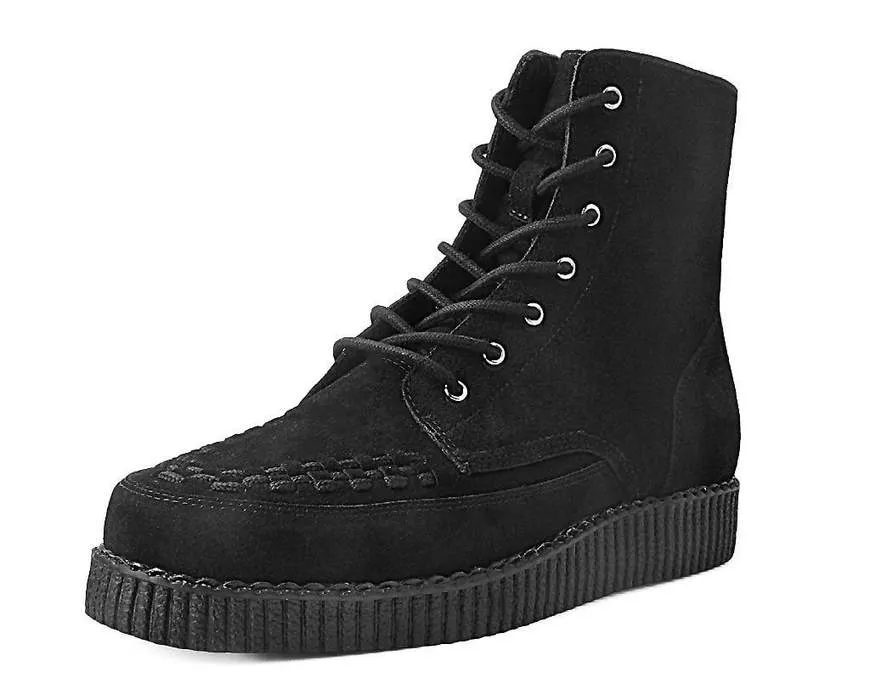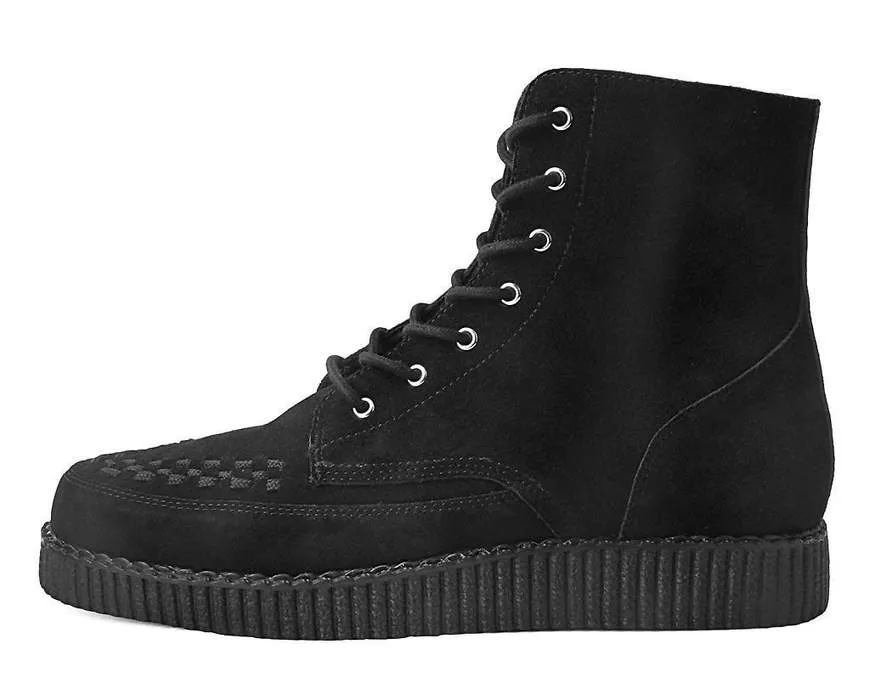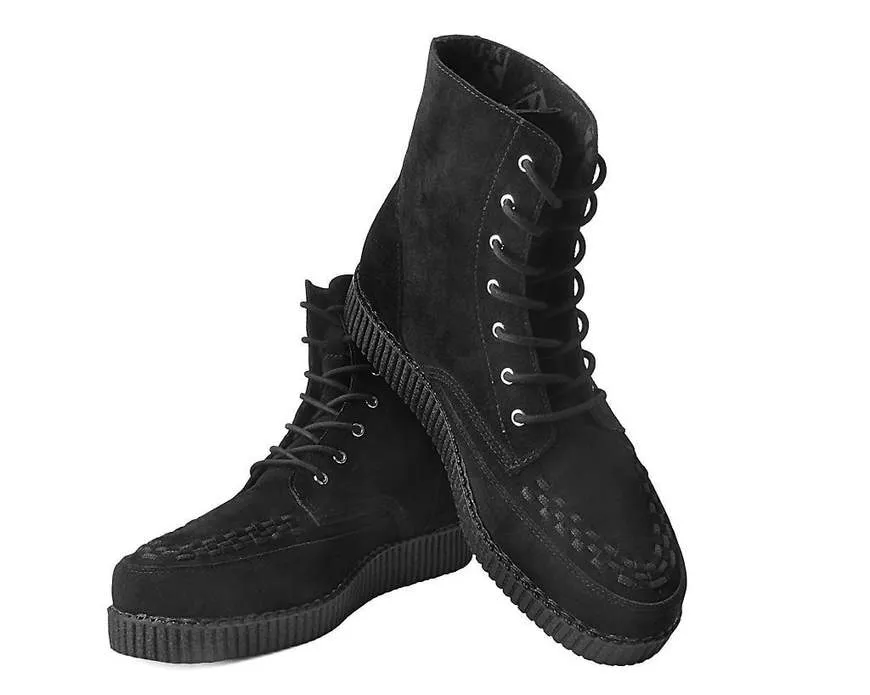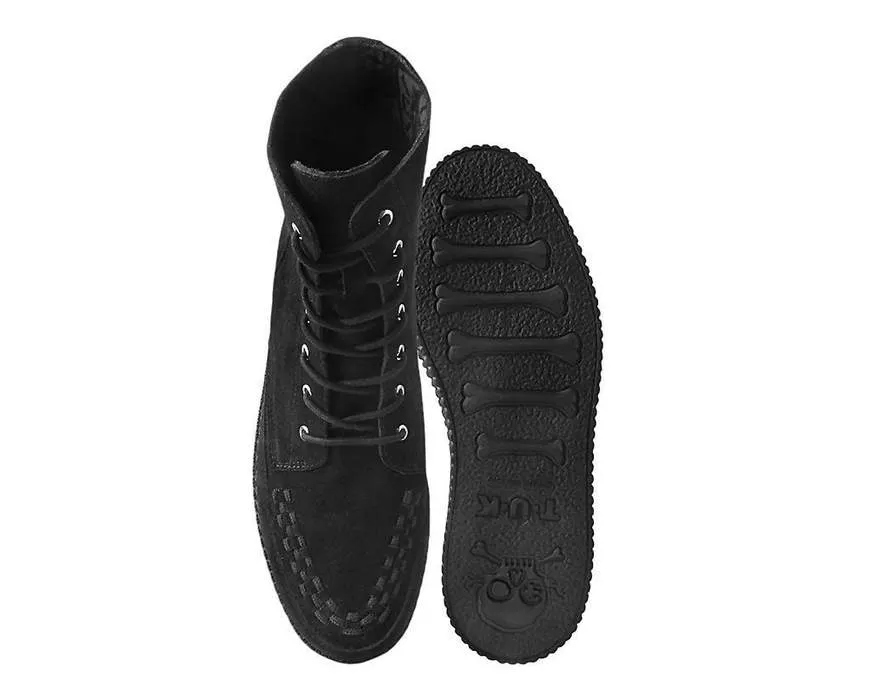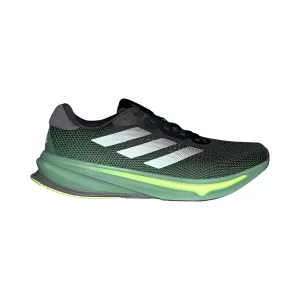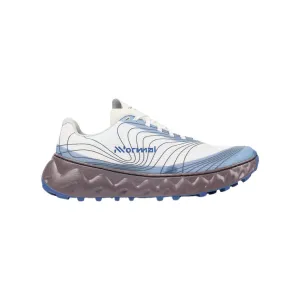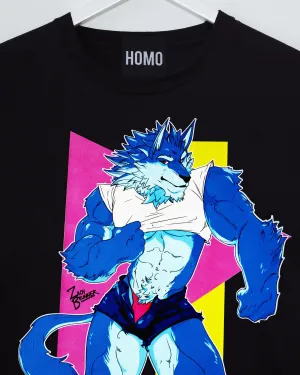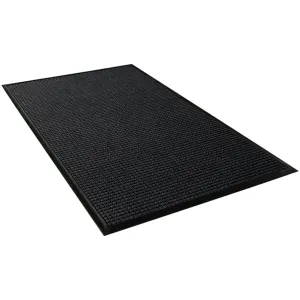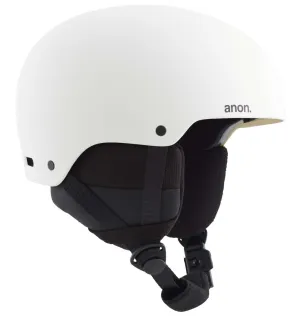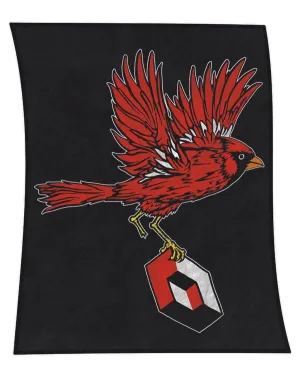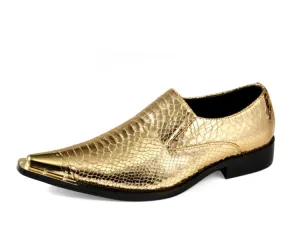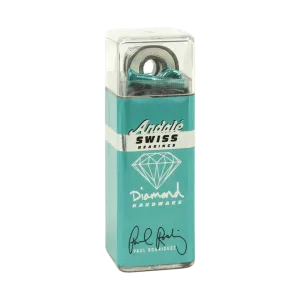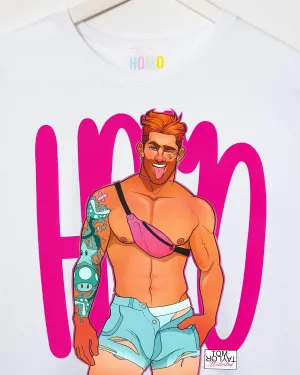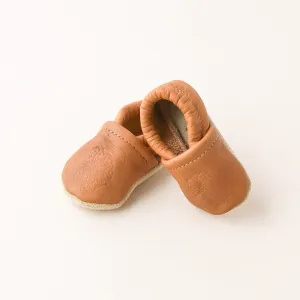Vegan TUK Black Suede Creeper Boot
- These women's Black Suede Creeper Boot are bad you’ll hope you’re on the naughty list.
- Keep your style killer in these Black Suede Creeper Boot. Featuring our new, sleeker VIVA II sole that is more lightweight and flexible than ever.
- Black Suede Creeper Boot features a low platform height that is approximately 1 1/4” at the heel and 3/4” in the front and is made of a mixture of EVA and rubber that contributes to the sole’s bendability.
- Black Suede Creeper Boot has an all-black cow suede upper. Comes with removable memory foam insoles for added comfort.
Don't like the Black Suede Creeper Boot, check out the vegan !
T.U.K./Creeper History
Originally from Northampton, England, T.U.K. has moved to the sandy shores of San Diego, CA since 1990for mens and womens footwear. English footwear since the 1890s, brought the distinctly British aspects of the shoe and found the greatest inspiration and influence in the ever growing Southern California punk rock scene. The main result was: a one-of-a-kind distinctive brand of footwear that fosters punk roots across the entire world. T.U.K.’s first retail store was opened in 1991, selling their very own shoes in-house. Demand sudden began to grow, and soon T.U.K. was selling its products worldwide. T.U.K. fabricates a variety of footwear from women’s high heels to unisex sneakers, but the most popular design is, without a doubt, the creeper platform design.
Made from crepe rubber during WWII, the thick creeper-sole helped soldiers in the deserts of North African across the hot and sandy terrain. John Ayto claims to have labeled the name ‘brothel creeper’ during those wartime years. The Smithsonian Museum suggests that the crepe in the thick sole might have provided the creeper name towards the shoe. It can also possibly be associated with Ken Mackintosh’s dance tune which had great popularity in 1953 called “The Creep.”
Like fashion does, it followed the foot steps of these soldiers and the thick soles began to catch on in England. In London, the decades following the war gave way to a kaleidoscopic cultural underground with subcultures exploding with a variety of styles during the time.Influenced by the Edwardian dressing manner of the Dandies, the Teddy Boy style grew along with the introduction of American rock n’ roll music. Teds wore even bulkier, draped jackets, and high-wasted trousers. They often wore their collars loose and often styled up their outfits with very flamboyant detailing like Bolo Ties and velvet trim.
The creeper shoe was also well worn by the Ton-Up boys from the 1950s and later on by the rockers of the ’60s, who enjoyed wearing them as an alternative shoe when they weren’t riding their motorbikes. Greased hair was the hair style of preference. And if you looked down and your feet at any moment, you’d be sure to see the Teds boasting their fine, slickly polished oxfords, or the crepe-soled classic, platformed creepers.
And as we know, through the ‘60s and ‘70s was the rise of the Rockers and the Mods, who took hold their liking in classic Teddy Boy-centric garb ebbed and flowed, and it wasn’t until the great rise of punk around the mid ‘70s when the creeper was once again seen on the feet of many, an uproar that surged well into the ‘80s, thrived in the ‘90s, and eventually exploded with the great expansion of the world-wide web. The creeper shoe has since then been adopted by subcultures like indie, ska, punk, new wavers, psychobilly, rockabilly, greasers and goth, Japanese Visual Kei, and was also worn by Bananarama, and the singer of Republica Saffron.
Now more than ever before, outsider styles and subcultures hold the style inspired around the whole world, and with its historical background that is deeply woven in the English style and at the West Coast punk way of living, T.U.K. is able to perfectly represent and illustrate the culture clash/expansion of the past few decades.

 Cart(
Cart(